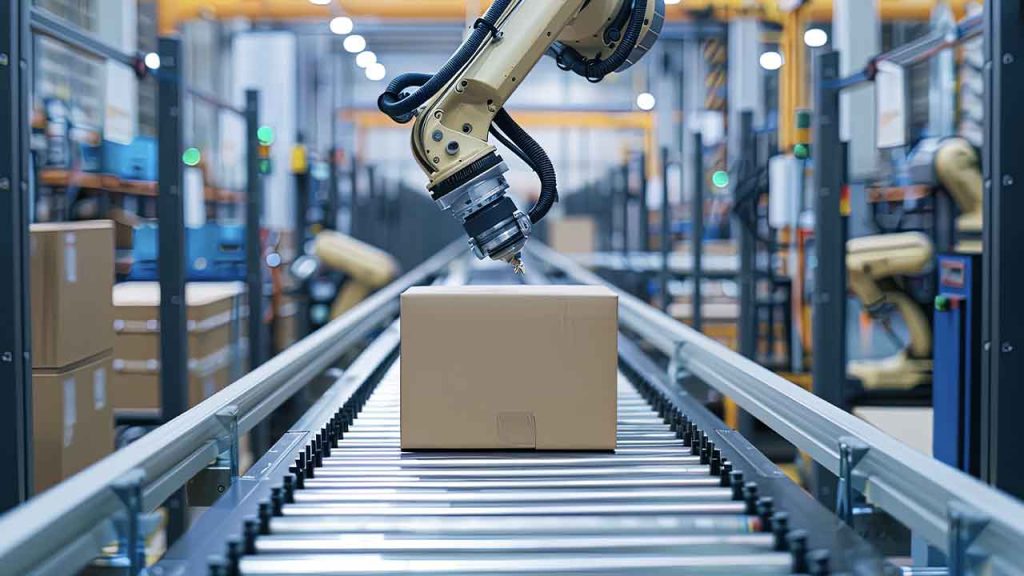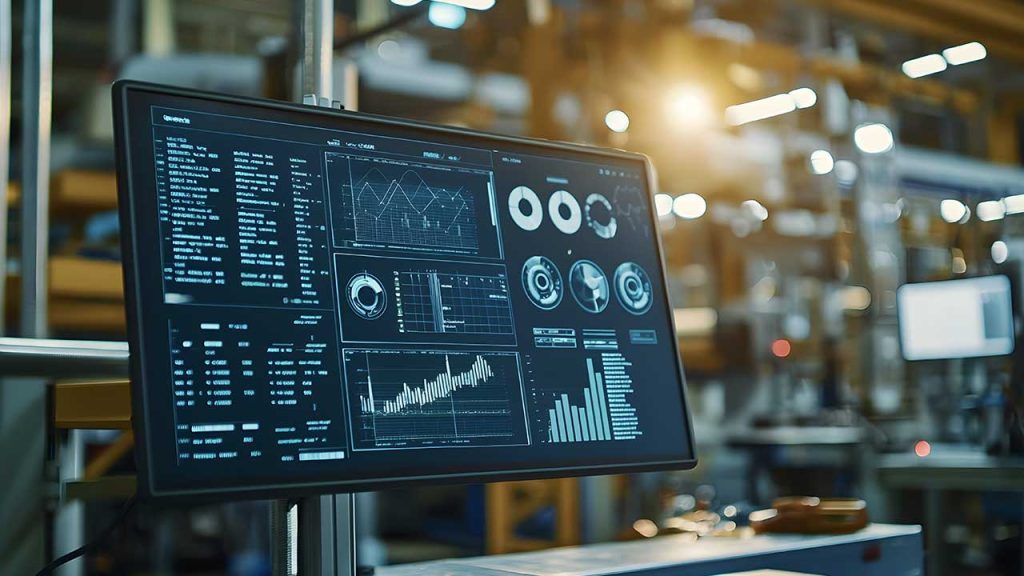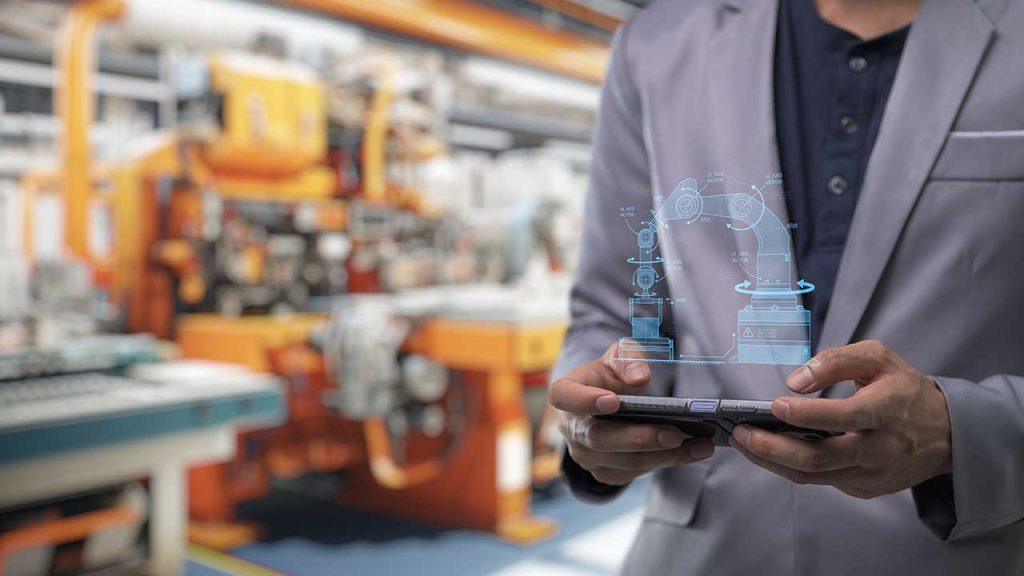Inside the Future of Manufacturing: What End Users in CPG and Life Sciences Need to Know Now | SPONSORED
At Automate Show 2025, one key theme echoed across the exhibit halls: industrial end users in consumer-packaged goods (CPG) and life sciences are under growing pressure to produce faster, smarter, and more flexibly—without adding complexity or cost. But while new tech is everywhere, the difference-makers are clear: modular design, integrated energy and automation systems, and scalable AI are unlocking measurable results across the plant lifecycle—from design to operation.
Life Sciences: U.S. Market Accelerates Capacity — But Time-to-Value Is the New Bottleneck
The North American life sciences market is seeing a surge in investment, with companies doubling manufacturing capacity over the next 4–5 years. But building a biotech facility still takes 6 years on average. That timeline is no longer acceptable.
To compete, manufacturers are exploring how to cut that cycle in half—to 3 years—by rethinking how they design, build, commission, and operate plants. The solution? Modular design, parallelized commissioning, and software-first control strategies that reduce friction across project phases.
Modularity: Not Just for Flexibility—Now Critical for Capital Efficiency
For CPG and pharma producers alike, modular production systems are emerging as the single most impactful lever for scalability and long-term adaptability. Here’s why:
- Future-readiness: Plants built in 2025 will still be operating in 2050–2060. Modular lines support equipment upgrades and process changes without a complete redesign.
- Form factor agility: A single line can switch between packaging sizes (e.g., 3-pack to 6-pack cartons) or product weights (half-pound to one-pound) without hardware swaps.
- Workforce continuity: Modular systems reduce the reliance on tribal knowledge and enable more intuitive training—crucial in an era when the 2050 workforce hasn’t even been born yet.
This approach allows manufacturers to scale without locking into legacy hardware and enables faster adaptation to new SKUs, campaigns, or compliance requirements.
What’s Fueling Transformation: Flexibility + Efficiency + Sustainability
Across both sectors, successful adopters of smart automation are doing three things well:
- Adapting rapidly to product variation and seasonal campaigns – especially vital in food and beverage, where consumer trends evolve quickly.
- Integrating robotics and motion systems – to augment labor, handle complex packaging, and streamline end-of-line operations.
- Reducing energy consumption at every level – thanks to systems like modular transport (multi-carrier systems) that are up to 30% more energy efficient than traditional solutions.
Notably, the economic imperative behind energy efficiency is now just as strong as the sustainability motivation. Cutting inputs—electricity, materials, labor hours—has a direct impact on competitiveness.
Real-Time Optimization: Vision, Motion & Software-Driven Quality Control
The smartest facilities are leveraging real-time data to do more than monitor—they’re preventing waste and maximizing yield. Here’s how:
- Integrated vision and motion systems detect anomalies early (e.g., flow deviations, setpoint drift).
- Software platforms flag inefficiencies in time to recover batches or adjust processes.
- The result: reduced material waste, less rework, and improved batch success rates.
This capability goes beyond sustainability—it’s about protecting margins and ensuring high throughput even in highly variable production environments.
What’s Next: Robotics Boom and AI as the Efficiency Multiplier
Two long-term trends are reshaping how plants are designed and operated:
- Robotics adoption is surging in North America as manufacturers look to automate repetitive tasks and close labor gaps. It’s no longer limited to large enterprises—robotics is scaling down and out across CPG and pharma.
- AI is emerging as the next major inflection point. While already present at the machine level (e.g., embedded in pumps and drives), AI is now being explored for enterprise-wide optimization:
- Predicting maintenance needs before breakdowns
- Detecting patterns in energy use
- Optimizing complex production schedules based on real-time data
Importantly, AI is enabling plants to solve problems they don’t even know they have yet—making it not just a trend but a strategic imperative.
Key Takeaways for Industrial End Users
If you’re leading digital initiatives in CPG or life sciences, here’s what to prioritize:
- Accelerate modular design adoption to future-proof investments.
- Integrate robotics and motion with software for compact, agile, efficient lines.
- Leverage real-time anomaly detection to eliminate batch waste.
- Embed energy management directly into automation planning.
- Invest in scalable AI strategies—starting small but aiming high.
Digital transformation isn’t just about technology. It’s about designing operations that can evolve with consumer demands, economic shifts, and workforce realities—for decades to come.
Sponsored by Schneider Electric
This article is based on a video interview conducted by Lucian Fogoros, Co-founder, IIoT World, with Neil Smith, President, CPG at Schneider Electric, at Automate 2025 in Detroit.
Related articles:



